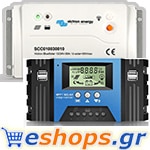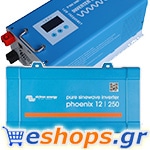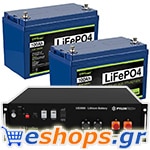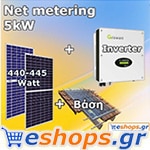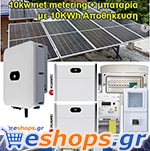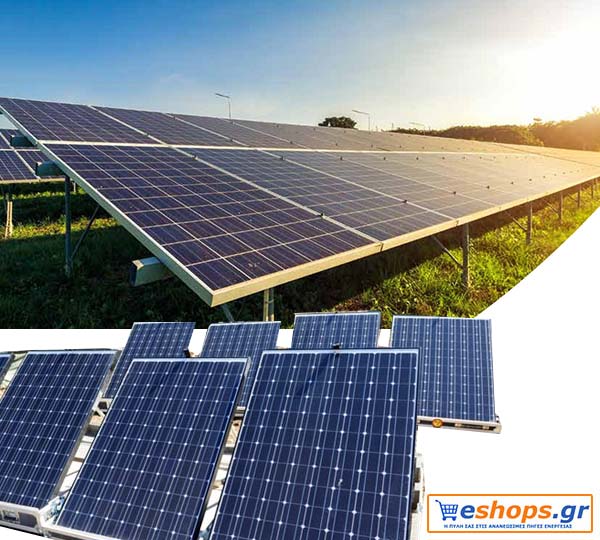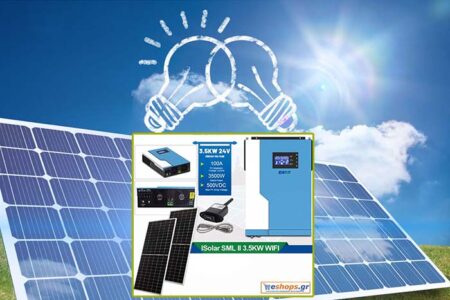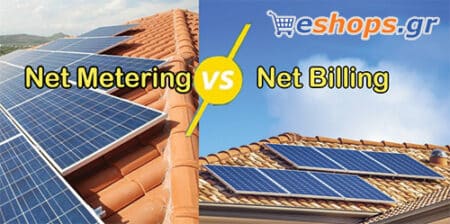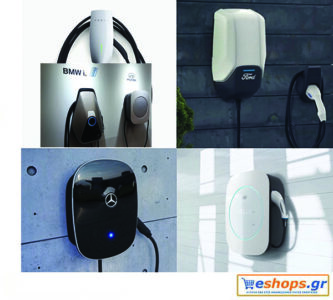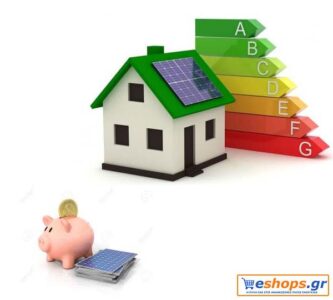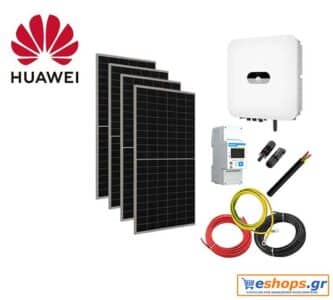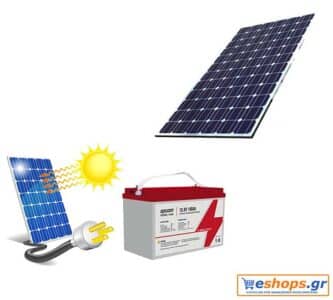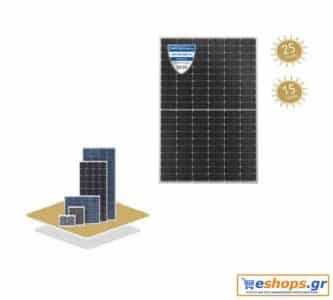Calculation of Autonomous photovoltaic system
6 STEPS to create OFF-GRID / autonomous photovoltaic system
Calculation Autonomous photovoltaic systemic Are you interested in designing an off-grid solar system? Here are the 6 steps to get started.
#1) Calculate how much energy you need / Calculate Autonomous photovoltaic system
This is the most important step, and many people try to skip it. Do not do it!
Designing one solar system without knowing how much energy you need is like planning a car trip and not knowing how far you are going and with which vehicle. Okay, go buy some gas for the trip. How much? Well, that depends on your gas distance and miles. The same with the solar. You can not just say that I will go with 2 solar panels collectors and a battery and I hope it will be enough for my needs. Use our load calculator and enter what you will supply with it your solar system. You need to remember exactly what will be powered by your system - seemingly small changes can make a big difference.
#2 Calculate the amount of batteries you need / Calculate Autonomous photovoltaic system
Now that you know how much energy you need, you have to calculate how many batteries you need to save it.
You just need enough storage for a day or two or you need to have enough batteryto store 3 or 4 days or more, power?
You have another source energy, such as generator or a turbine, which will come in if the sun does not shine?
Will you store the batteries in a warm room or in a cold place?
Batteries are rated for storage at approximately 80 degrees Fahrenheit. The colder the room, the larger the battery pack you need - over 50% more for below zero. Each of these answers affects the size and cost of your battery bank.
What battery voltage do you need - 12V, 24V or 48V? In general, the larger the system, the higher the battery arrays used to maintain the number of parallel strings to a minimum and reduce the amount of current between the battery pack and the inverter. If you just have a small system and want to be able to charge your mobile phone and power 12V DC devices in your RV, then a basic 12V battery bank makes sense. But if you need to power much more than 2000 watts at a time, you will want to consider 24 volt and 48 volt systems. In addition to reducing the number of parallel rows batteries will allow you to use thinner and cheaper copper wiring between the batteries and the inverter.
Use our off-grid calculator to calculate what battery bank size you need based on these answers.
#3 Calculate the number of solar panels needed for your location and time of year
The second half of our offline calculator can help you calculate how much solar panels you will need for your solar system. Once you know how much energy you need to get out of the load calculator per day, you need to tell her how much sunshine you need to collect. This available energy from the sun for a site is referred to as "solar hours".
The number of "solar hours" is how many hours the available sun shines on your panels at an angle during the day equals sunlight, as if it shone directly on your solar panels when they get the most power. As you know, the sun is not so bright at 8 a.m. as it is noon, so an hour of morning sun can be counted as half an hour, where the time from noon to 13:00 would be an entire hour. And unless you live near the equator, you do not have the same number of hours of sunshine in winter as in summer.
You want to follow the worst case scenario for your area, the season with the least amount of sunshine you will use the system. This way, you will not have a shortage of solar energy for a part of the year. If it's a summer camp, you do not need to plan for the winter, but if it's a house all year round or a hunting lodge, you need to tell it the number of hours of sunshine that correspond to winter.
#4 Select a solar charge controller / Calculator Autonomous photovoltaic systemic
Well, we have batteries and we have solar, now we need a way to manage the power supply from the solar to the batteries. An extremely rough calculation to figure out what size solar charger you need is to take the watts from the solar panel and divide them by the voltage of the battery bank. Add another 25% for a safety factor.
Now you have a lot more to consider when choosing a charge controller. Charging controllers are available with two main types of technologies, PWM and MPPT. In short, if the voltage of the solar panel array matches the voltage of the battery array, you can use a PWM charge controller. So if you have a 12 V panel and a 12 V battery bank, you can use PWM. If the voltage of your solar panel is different from the battery and it cannot be connected in series to fit, you must use an MPPT charge controller. If you have solar 20 V panel and you have a 12 V battery pack, you must use an MPPT charge controller.
# 5 Εchoose an inverter / Autonomous photovoltaic system Calculator
Now that we have it effectively charged batteries, we must make the power usable. If you only run DC loads directly from your battery bank, you can skip this step. However, if feed any AC load, you need to convert the DC power from the batteries to AC power for your devices. It is very important to know what kind of AC power supply you need. If you are in North America, the standard is 120 / 240V split phase, 60Hz. In Europe and much of Africa and some of its countries Southern America, is 230V single 50Hz. On some islands, it is an interesting mix of both. Some converters can be configured between voltages and / or frequencies, many are fixed. So carefully check the specifications of the inverter you are interested in to make sure it fits your needs.
You also need to know how many watts your inverter will need to power. Fortunately, far back in the first step, you created a list loads which calculated both the constant watts and the overvoltage requirements of your loads. Keep in mind that an inverter is designed for a specific voltage battery pack, such as 12, 24, or 48 volts, so you need to know what voltage battery pack you will have before installing it in the inverter. Keep this in mind if you think you can develop your system in the future. If you plan to have a battery bank higher later, be aware that the lower voltage converter will not operate on the new larger system. So either plan ahead and start with the highest voltage or plan to change your inverter in the future.




